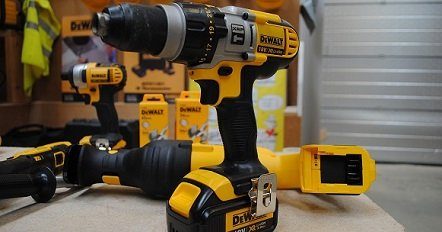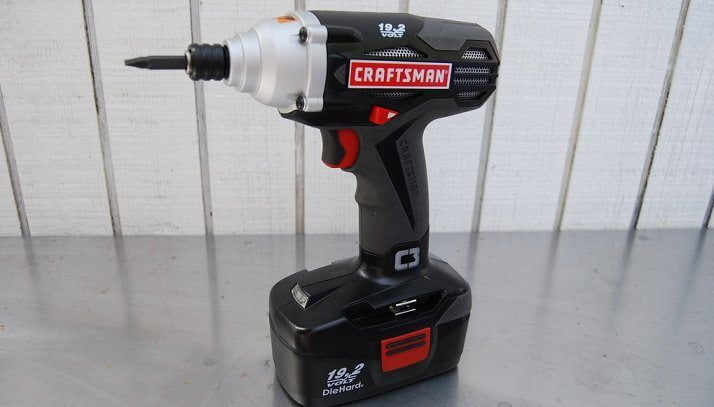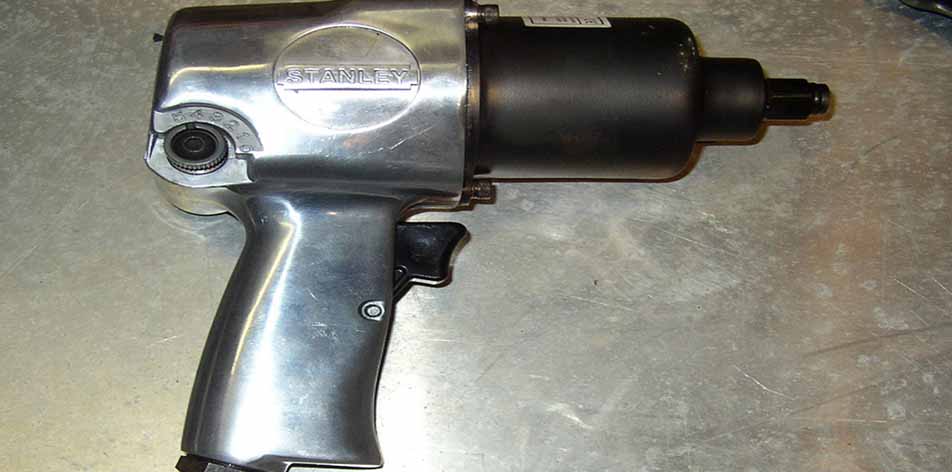
In the course of completing home improvements, minor or major construction, or even simply working on your car, you’ll encounter the need for various tools. While there’s certainly a tool for every job, you simply can’t have every tool on the market.
So how can you narrow down the list of potential tools to a number that will fit in your garage? In this article, we’ll examine the difference between two types of driving tool, answering the question, Impact wrench vs. impact driver: which do you need? Keep reading for our down to earth guide.
The Not So Distant Past

In the not so distant past, do it yourselfers were limited to one basic tool type when driving smaller head screws, fastening pieces of wood together, and drilling holes. The tool of choice was the handheld drill. In its earliest form, the drill was hand powered. Later, thankfully, these drills became available in both plug in and battery powered models.
The process of drilling and fastening could be a pain-staking one. Whenever driving screws into wood, you’d have to find an appropriately sized drill bit to pre-drill a hole, being sure the hole was slightly narrower than the screw. Next, you’d have to use an appropriate sized head to counter sink the hole, then drill. This required as many as three bit changes or three separate drills.
[tcb-script async=”” src=”//pagead2.googlesyndication.com/pagead/js/adsbygoogle.js”][/tcb-script][tcb-script](adsbygoogle = window.adsbygoogle || []).push({});[/tcb-script]
The Much Brighter Future

This paved the way for the impact driver. Impact drivers look a lot like the traditional electric drill and its primary purpose is still to drive screws. But, there are major difference. Impact drivers tend to deliver much more torque than the traditional drill. They are also lighter and easier to use than an impact wrench (more on those later).
The drivers typically use a quarter inch hex drive and are primarily for driving and removing mid-sized screws, though they can be converted with an adapter to drive larger bolts. Impact drivers use a rapid series of quick turns, as opposed to a long steady application of torque, making tear outs far less likely. This has obviated the need for pre-drilling, at least in many cases.
The Impact Driver’s Cousin: The Impact Wrench
[tcb-script async=”” src=”//pagead2.googlesyndication.com/pagead/js/adsbygoogle.js”][/tcb-script][tcb-script](adsbygoogle = window.adsbygoogle || []).push({});[/tcb-script]
Impact wrenches have been around for a long time. Whenever you think of an automotive shop, you probably think of the tool that makes the loud whirring sound. You know, the one mechanics used to remove lug nuts when changing tires? That’s an impact wrench. An impact wrench usually uses a square drive, and it designed primarily for tightening or loosening large bolts with a socket fitting.
The impact wrench’s method of action is similar to an impact driver, short concussive bursts, as opposed to a steady amount of torque. Impact wrenches, however, are usually larger, heavier, and deliver much more force. How much more force? The upper limit is around 13,000 in. lbs of torque, which is more than 500% more powerful than a high end impact driver.
The Case for Buying an Impact Wrench
At this point, you’re probably wondering: Which is right for me? The answer is: it depends. If you need huge amounts of power, remove large bolts, and drive them through metal, an corded impact wrench is probably the best option. If you’re rebuilding a car in your garage, for instance, an impact wrench may be worth the money.
On the other hand, impact wrenches are heavier, bulkier, and considerably more expensive. Despite the fact you can add an adapter to an impact wrenches for drilling and driving smaller screws, they simply deliver far more torque than you could ever need for around the home applications. We have another article for the full buying guide, visit Toolvee for the guide.
[tcb-script async=”” src=”//pagead2.googlesyndication.com/pagead/js/adsbygoogle.js”][/tcb-script][tcb-script] (adsbygoogle = window.adsbygoogle || []).push({});[/tcb-script]
The Case for Buying an Impact Driver
So, is an impact driver right for you? The answer is yes if you tend to work in or around homes and spend most of your time drilling and driving screws. Keep in mind that impact drivers deliver more torque than a typical drill, so even if your drill labors a bit, the driver probably won’t. Impact drivers are also smaller, more portable, and far less expensive than an impact wrench.
Consider, too, that many of the current impact drivers deliver enough torque to remove lug nuts from a car’s tires, and you’ll agree the role of an impact wrench is increasingly specialized. All you’ll need is a square drive adapter and you’ll be able to use your impact driver for automotive applications.
Conclusion
As you’ve seen, there’s a case to be made for both impact drivers and impact wrenches. In our opinion, however, an impact driver is a far more versatile tool for amateurs. The impact wrench has its uses, but it delivers far more torque than any of us will need around the home.
We hope you found this tutorial helpful and informative and that it leads you towards making the purchase that’s best for your needs. As always, we’re curious to know your thoughts. Which would you buy, an impact wrench or an impact driver? Are there home improvement situations in which an impact wrench is more practical?
